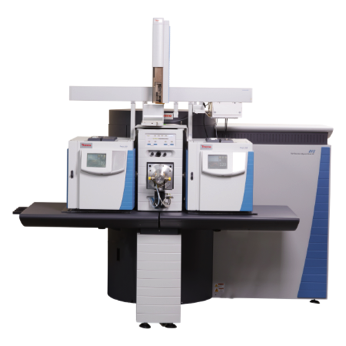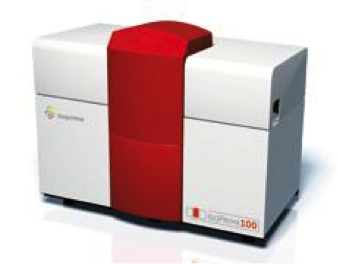August 16, 2018 -- Magnetic sectors deflect ions according to their momentum, and electric sectors deflect ions based on their kinetic energy. Although they have come down in size somewhat over the last decade, magnetic sector mass spectrometers are still very large instruments that are often the size of one or more office desks. Magnetic sector MS can be used in research for processes such as organic analysis or isotope ratio measurements. The two major categories we see are conventional magnetic sector instruments and isotope ratio mass spectrometers (IRMS).

The premise of magnetic sector MS is that researchers will vary the strength of the magnetic field to select for ions. As the magnetic field changes ions of different masses will exit the instrument to the detector. The detector will record the strength of the magnetic field when an ion passes through and from there the mass of the ion can be determined. Below, I will share more information on each “category” conventional magnetic sector as well as IRMS.
Conventional magnetic sector instruments are generally double-focusing systems, which mean that they use a single electric sector and single magnetic sector. Forward geometry systems have the electric sector placed before the magnetic sector, and vice versa for reversed-geometry systems. A handful of such systems use a magnetic sector analyzer for the first analyzer, while the second analyzer may be a quadrupole, ion trap, time-of-flight, or other magnetic sector analyzer, and can be configured with MS/MS capabilities. These instruments are also included under the double-focusing category. Most conventional magnetic sector instruments use a GC inlet, but there are also models on the market designed specifically for use with HPLC. The electric sector will focus ions according to their kinetic energy, so if you are looking for greater resolution, be sure to include that component. As the name implies, isotope ratio mass spectrometers are designed to measure the relative abundance of specific chemical isotopes in a sample. They make use of a magnetic sector that deflects the isotopic ions. Ions of different isotopes, and therefore different masses, will be deflected at differing angles, which can then be picked up by the detector.

Is magnetic sector MS a technology you work with? Do you think it could enhance your work? Let us know what you think in the discussion below!
Copyright © 2018 scienceboard.net



